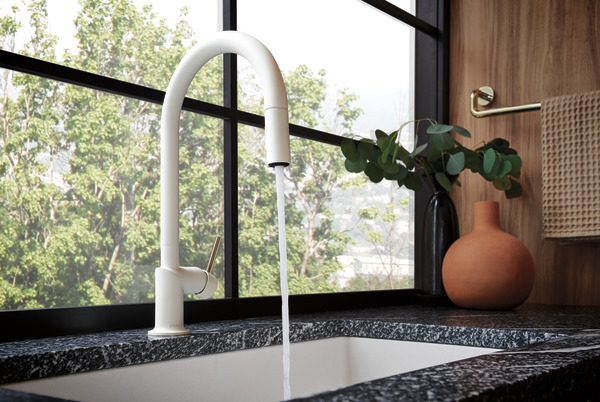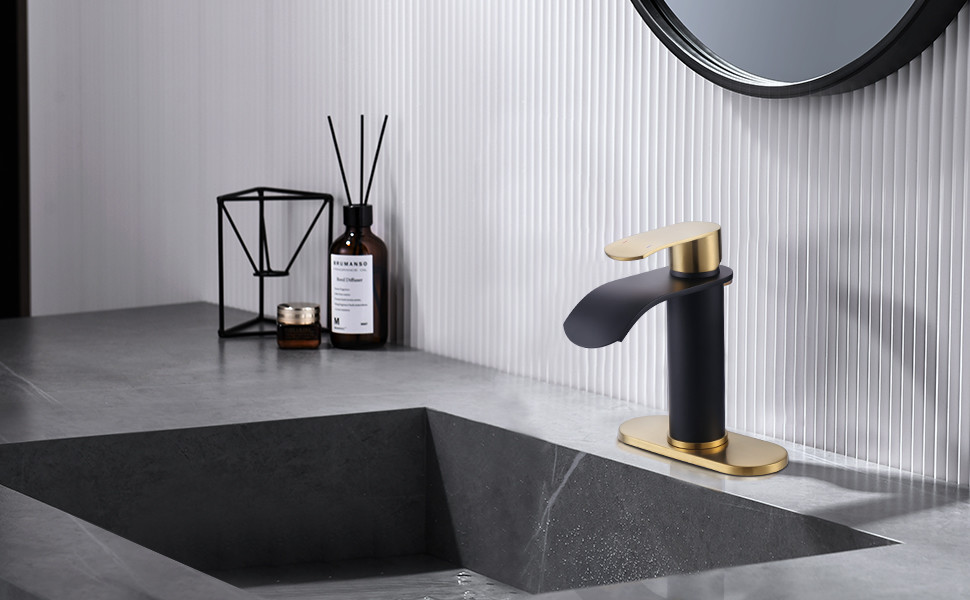
A running toilet can be an annoying and costly problem, as it wastes water and can drive up your utility bills. Fortunately, fixing a running toilet is a straightforward task that you can handle yourself, even if you’re not particularly handy. How to fix a running toilet? In this guide, we will walk you through the steps to diagnose and fix the most common causes of a running toilet.
Understanding the Anatomy of a Toilet
Before diving into the repairs, it’s helpful to understand the basic components of a toilet:
- The Tank: This is the upper part of the toilet where water is stored before flushing.
- The Bowl: The lower part that holds water and waste before it is flushed away.
- The Flapper: A rubber valve that opens to allow water to flow from the tank into the bowl.
- The Fill Valve: Controls the water supply into the tank.
- The Float: A device that rises with the water level in the tank and signals the fill valve to stop filling.
- The Overflow Tube: Prevents the tank from overflowing by directing excess water into the bowl.
Now that you know the basic parts, let’s move on to identifying the cause of the problem.
Step 1: Identify the Cause of the Running Toilet
A running toilet is typically caused by one of three issues: a faulty flapper, an incorrect water level, or a fill valve problem. Here’s how to diagnose each one:
1. Check the Flapper
The flapper is a rubber seal at the bottom of the tank that controls the release of water. If it’s not sealing properly, water will continuously leak into the bowl.
- Test the Flapper: Remove the tank lid and flush the toilet. Watch the flapper to see if it closes properly after the flush. If it’s sticking or doesn’t close completely, it’s likely the cause of the running toilet.
2. Inspect the Water Level
The water level in the tank should be about an inch below the top of the overflow tube. If it’s too high, water will constantly drain into the overflow tube, causing the toilet to run.
- Check the Water Level: After flushing, wait for the tank to fill and observe the water level. If it’s too high, you’ll need to adjust the float.
3. Examine the Fill Valve
The fill valve controls the flow of water into the tank. If it’s malfunctioning, it could cause the toilet to keep running.
- Listen for Hissing or Dripping: If you hear a constant hissing or dripping sound after the tank has filled, the fill valve might be the problem.
Step 2: Fix the Flapper
If the flapper is the issue, follow these steps to fix or replace it:
1. Turn Off the Water Supply
Locate the shutoff valve behind the toilet and turn it clockwise to stop the water supply. Then, flush the toilet to empty the tank.
2. Remove the Flapper
Disconnect the flapper from the flush lever chain and detach it from the pegs on the overflow tube. Inspect the flapper for wear and tear, such as warping or cracks.
3. Replace the Flapper
If the flapper is damaged, purchase a replacement from your local hardware store. Make sure to get the correct size and type for your toilet. Attach the new flapper to the overflow tube and reconnect the chain to the flush lever.
4. Adjust the Chain Length
Ensure the chain is the right length – there should be a little slack when the flapper is closed, but not so much that it gets caught under the flapper.
5. Turn On the Water and Test
Turn the water supply back on and let the tank fill. Flush the toilet and observe whether the flapper closes properly. If the toilet stops running, you’ve fixed the problem!
Step 3: Adjust the Water Level
If the water level is too high, you can adjust it by repositioning the float:
1. Identify the Type of Float
There are two common types of floats: a ball float (attached to the end of a long arm) and a cylinder float (attached to the fill valve).
2. Adjust a Ball Float
If your toilet has a ball float, carefully bend the arm downward to lower the water level. Do this in small increments and test the water level after each adjustment.
3. Adjust a Cylinder Float
For a cylinder float, locate the adjustment screw on the fill valve and turn it counterclockwise to lower the water level.
4. Test the Adjustment
Flush the toilet and let the tank refill. Check the water level and adjust again if necessary. The water should be about an inch below the top of the overflow tube.
Step 4: Repair or Replace the Fill Valve
If the flapper and water level aren’t the issues, the fill valve may need to be repaired or replaced:
1. Turn Off the Water Supply and Empty the Tank
As with the flapper repair, turn off the water supply and flush the toilet to empty the tank.
2. Remove the Fill Valve
Disconnect the water supply line from the bottom of the tank. Then, remove the fill valve by unscrewing the lock nut that holds it in place. Lift the fill valve out of the tank.
3. Install a New Fill Valve
Purchase a replacement fill valve that matches your toilet’s model. Follow the manufacturer’s instructions to install the new valve. Generally, you’ll need to insert it into the tank, secure it with the lock nut, and reconnect the water supply line.
4. Turn On the Water and Test
Turn the water supply back on and allow the tank to fill. Listen for any signs of a running toilet, such as hissing or dripping, and adjust the fill valve as needed.
Conclusion: How to fix a running toilet
Fixing a running toilet is a manageable DIY task that can save you from the annoyance of constant noise and the expense of wasted water. By diagnosing the problem and following these steps, you can restore your toilet to proper working condition in no time. Remember, if you’re unsure about any part of the process, it’s always a good idea to consult a professional plumber to avoid further issues.
 WOWOW Faucets
WOWOW Faucets






您好!Please sign in